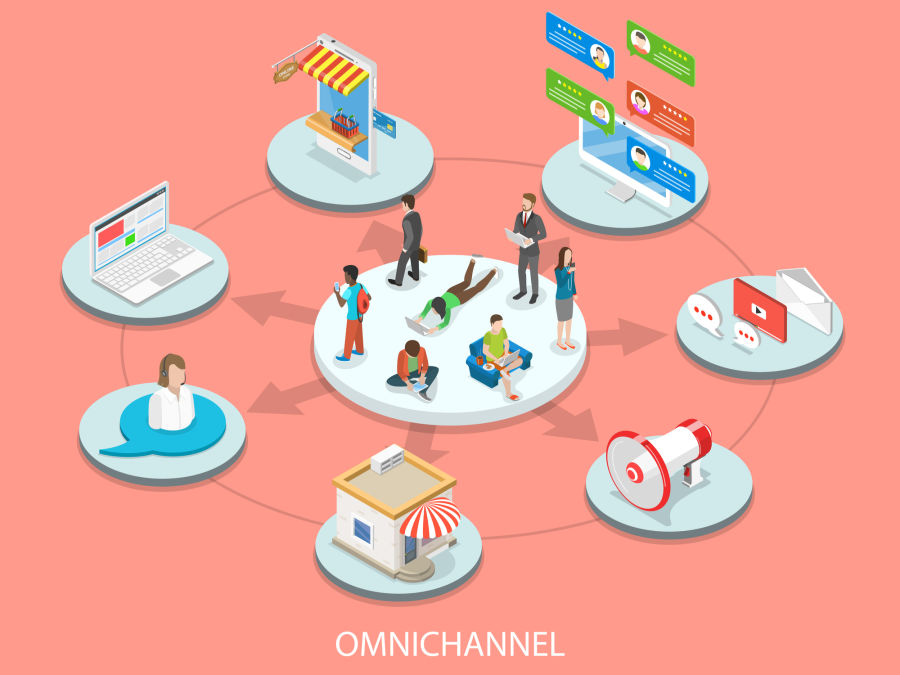//
Nov 3, 2020
The Publishing Industry Catastrophe: Could it have been avoided?
Another One Bites The Dust
I’ve loved magazines for as long as I can remember. So, when I heard that shuttered earlier this month, the wave of nostalgia hit hard. I grew up in Colorado and skiing has always been a passion of mine, but when I was in jr. high, it was an obsession.
Powder was my first magazine subscription. I was in 6th grade. I can very distinctly remember the excitement I felt when I saw the new issue on the kitchen table. I would go straight to my room, clean off my desk (this also only happened once a month), and spent hours going through the issue, page by page, reading every article, staring at every photo, and lusting over the gear in each and every ad.
The Beginning of a Changing Industry
Fast forward about 30 years and it all comes crashing down. I was front row for this demise as a career salesperson in . I’ve seen SO many print magazines shutter.
Even giant publishing houses, like Rodale, who I worked for, a seemingly invincible NYC publishing house is now, well, gone! So I’m no newbie to the demise of the industry. But Powder Magazine, wow, that one hurt a lot more than I thought it would. Suddenly it’s no longer business, it’s personal.
So What Happened?
At some point way back in the 80s, the publishing business model changed. In the beginning, the majority of the revenue came from subscriptions. This was of course back when premium content (magazines/newspapers) were sought after, and exclusive.
The sales and marketing model revolved around gaining more subscribers - and that’s it. In fact, the marketing side of publishing relied heavily on subscription discount campaigns either through direct mail or online.
An Evolution or A Catastrophe?
At some point, the model changed to heavily favor advertising revenue, and this model created SO much revenue (well, at the time) at a much lower acquisition cost than the often very expensive subscription model.
Everyone happily rode the ad revenue wave, never asking how to make sure it was sustainable.
The problem was, the subscription-based marketing never really changed, ever. The marketing remained very focused on gaining subscribers. This alone was the first sign of the demise of the industry as I knew it.
Using the Same Model in Changing Technologies
The rise of the internet, of course, caused immediate and harsh realities for the publishing industry. The most obvious issue being that content could now be disseminated cheaply, and everywhere.
The other huge issue: now advertising brands suddenly had MANY advertising and sponsorship options. The very simple scale-based (CPM) sales model became virtually worthless almost overnight.
Scale was easy to achieve. With scale being easily achievable, soon became the new demand from advertisers. Well, Google and social media now have this perfected as well. Game over for traditional publishers/media companies.
Nowadays with inbound marketing, the most forward-thinking brands, whether they sell products or services, are thinking of themselves as media companies. They’re educating their clients/potential clients on their services/products before, during, and after the sales process to build more brand loyalty.
And they’re doing this NOT by selling, but instead offering something valuable to their clients—education. Education to make more informed buying decisions. This naturally creates more appreciation for these brands, which means more engagement, larger lead lists, more sales.
I guess if I had to try to pinpoint what really happened to the publishing industry, and when, I wouldn’t say it was the rise of the internet. The internet certainly played a role, but what really happened is that these publishers hadn't yet evolved from a subscription-based marketing structure.
The marketing of publishers/media companies has never had a consistent and effective in order to educate and enlighten the brands to which they’re trying to sell advertising space.
Hear more about inbound by speaking with our specialists today.
Could This Have Been Avoided? And What’s Next?
I’m not necessarily saying that if this B2B marketing structure would have existed that ad dollars would be fine, and it would be business as usual for publishers.
I think, either way, with the rise of the internet, the model needs to be adjusted to this new reality of fewer advertisers AND fewer subscribers.
A strong inbound strategy built to on the nuances of the publisher’s readership as part of the model now. The importance of having this intimate relationship with those audiences both still exists and is easier to qualify. The customized messaging ONLY delivered through specific platforms and publishers.
And, of course, lots of additional educational marketing efforts, that many of these magazines/publishers that have shuttered, even digital editions, would still exist.
Harvard business professor Clayton Christensen talks about how difficult it is to adapt to a new strategy by referring to it as though you’re firing an employee. He refers to it as “Firing whatever old process, experience, or features that I used to have when I bought this new product to get the job done.”
The new product is the inbound methodology and the focus on the B2B side of publishing. The firing in this case is the SOLE focus of a subscriber-based marketing model. This is an incredibly difficult part of the transition of ANY company, especially within the publishing/media industry which has DEEP roots in “what used to work.”
Here are 3 potential solutions when adopting new marketing tactics into the mix:
1. Hire a content manager:
This hire should be a mix between a current editor on staff and a current salesperson on staff. The journalism characteristics come into play while interviewing the sales team, marketing team, AND existing/potential clients to find out exactly what persona types to build, what they need done, and producing relevant content to educate and entice them.
2. Make the Sales/Marketing Team ONE TEAM:
As long as I’ve been in publishing, I’ve never had a marketing department to work with. They knew absolutely nothing about what I was trying to achieve and/or how to get it done and I had no idea what they were working on. If this is the structure at your publishing company, change it today.
The best thing to do is bring in a marketing agency, like , who can implement a Marketing Automation system into your current tech stack and start the process of the on a weekly basis (at first) to understand every detail of the brands they want to partner on and start building a strategy that lives in this new system and can be tracked consistently.
3. Brand-Focused Marketing Efforts:
Make sure to plan, craft, and maintain useful content for the brands you’re trying to partner with. Even if you don’t have a direct relationship with them (meaning, they do all of their media buying through an ad agency) make sure you’re always thinking about how to educate them on your readership, your category, your industry, and all the reasons why they should be invested and aligned in these areas.
Remember, you are the expert in your industry. No one understands how useful it can be to the endemic and non-endemic brands involved more than you. Don’t expect your clients and potential clients to see the value as easily as you do, and more importantly, don’t put the burden of explaining these things solely on your sales team.
I hope this helps because I still have a handful of magazines I receive every month that I look forward to spending some time with. I don’t want to see them disappear like my old buddy Powder. If you need a hand, we are a quick call away.
Boost visibility, create engagement, increase leads and make more money with Inbound Marketing
Follow our free, easy-to-follow video series designed to show how to attract and convert more leads— and make more money with these tactics.







